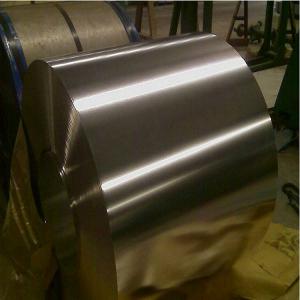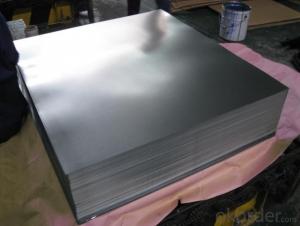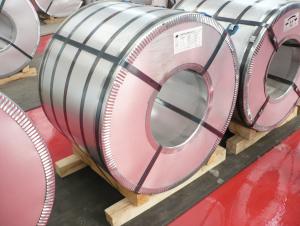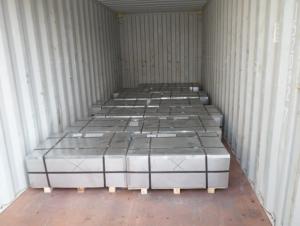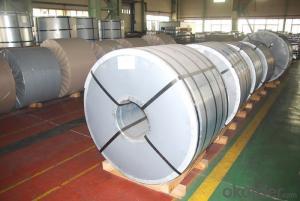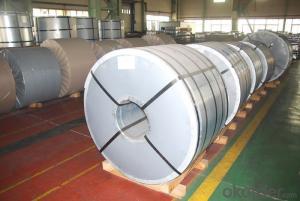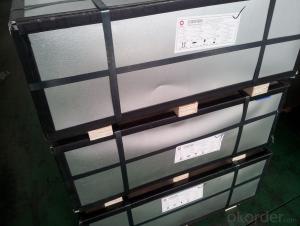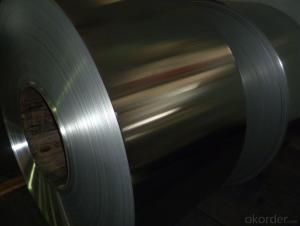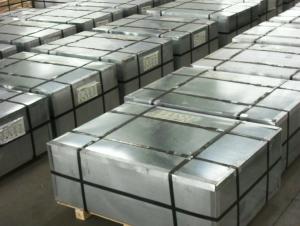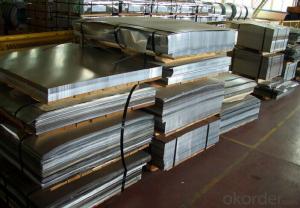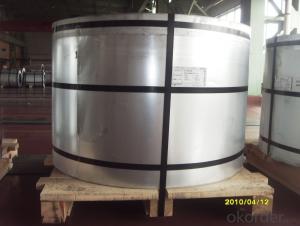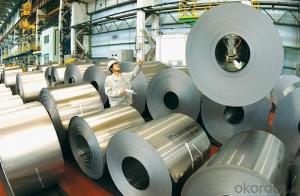Spte Tinplate
Spte Tinplate Related Searches
Printing Tinplate Sheet Tinplate Iron Packaging Tape Tinplate Material Tinplate Cover Standard Gauge Tinplate Tinplate Tea Set Mth Tinplate Set Circle Packaging Machinery Inc Tinplate Model TrainsHot Searches
Price Of Tinplate Tinplate Sheet Price Tinplate Price Per Ton Tinplate Stock Price Tata Tinplate Price List Tinplate Price Trend Tinplate Nse Share Price Tinplate Price Chart Tinplate Share Price Nse Tata Tinplate Share Price Tinplate Share Price Today Tinplate Share Price Bse Tinplate Price Tinplate Share Price Tinplate Cans Manufacturers Tinplate China Tinplate Stock Price Tata Tinplate Price List Tinplate Price Trend Tinplate Nse Share PriceSpte Tinplate Supplier & Manufacturer from China
Okorder.com is a professional Spte Tinplate supplier & manufacturer, offers integrated one-stop services including real-time quoting and online cargo tracking. We are funded by CNBM Group, a Fortune 500 enterprise and the largest Spte Tinplate firm in China.Hot Products
FAQ
- The shelf life of tinplate canned goods can vary depending on the specific product and storage conditions. Generally, these canned goods have a shelf life of 2 to 5 years when stored in a cool, dry, and dark place. However, it is recommended to check the expiration date on the can and discard any cans that are bulging, leaking, or have a foul odor as they may be spoiled.
- Yes, tinplate can be used for packaging frozen foods. It has excellent durability and resistance to temperature fluctuations, making it suitable for preserving the quality and freshness of frozen food products. Additionally, tinplate offers a high level of protection against moisture, light, and oxygen, further ensuring the integrity of the frozen food during storage and transportation.
- Tinplate packaging helps reduce food waste by providing a durable and protective barrier that extends the shelf life of food products. Its resistance to oxygen, light, and moisture helps prevent spoilage and maintains the freshness of food for longer periods. Additionally, tinplate packaging is 100% recyclable, promoting sustainable practices and reducing environmental impact.
- Yes, tinplate can be used for packaging frozen food. Tinplate is a type of steel coated with a thin layer of tin, which provides excellent protection against moisture, oxygen, and light. This makes it suitable for packaging frozen food as it helps to maintain the quality and freshness of the product by preventing freezer burn and preserving its taste and texture. Tinplate is also durable and can withstand low temperatures without warping, making it a reliable choice for frozen food packaging.
- There are several advantages of using tinplate for electrical enclosures. Firstly, tinplate offers excellent corrosion resistance, ensuring the durability and longevity of the enclosure even in harsh environments. Secondly, tinplate has high strength and rigidity, providing robust protection for the electrical components inside. Additionally, tinplate is a cost-effective option compared to other materials, making it a popular choice for mass production. Lastly, its malleability allows for complex shapes and designs, providing flexibility in enclosure manufacturing.
- Tinplate is highly susceptible to corrosion when exposed to moisture. The presence of water triggers a chemical reaction, causing the tin coating to deteriorate and exposing the underlying iron to oxidation. This can result in rust formation and compromise the integrity of the tinplate. Therefore, it is crucial to protect tinplate from prolonged exposure to moisture to ensure its longevity and prevent potential damage.
- Tinplate is typically coated with water-based paints through a process called electrostatic spraying. The tinplate is first cleaned to remove any impurities and then coated with a primer to enhance adhesion. After that, the water-based paint is applied using an electrostatic spray gun, which positively charges the paint particles to attract and adhere to the negatively charged tinplate surface. This method ensures an even and durable paint coat while minimizing environmental impact compared to solvent-based paints.
- Tinplate contributes to the safety of toys by providing a durable and non-toxic material that is resistant to corrosion and can withstand rough play. It also helps to prevent sharp edges, reducing the risk of injuries. Additionally, tinplate is often used to create protective coatings on toys, making them less prone to breakage and ensuring they meet safety standards.
